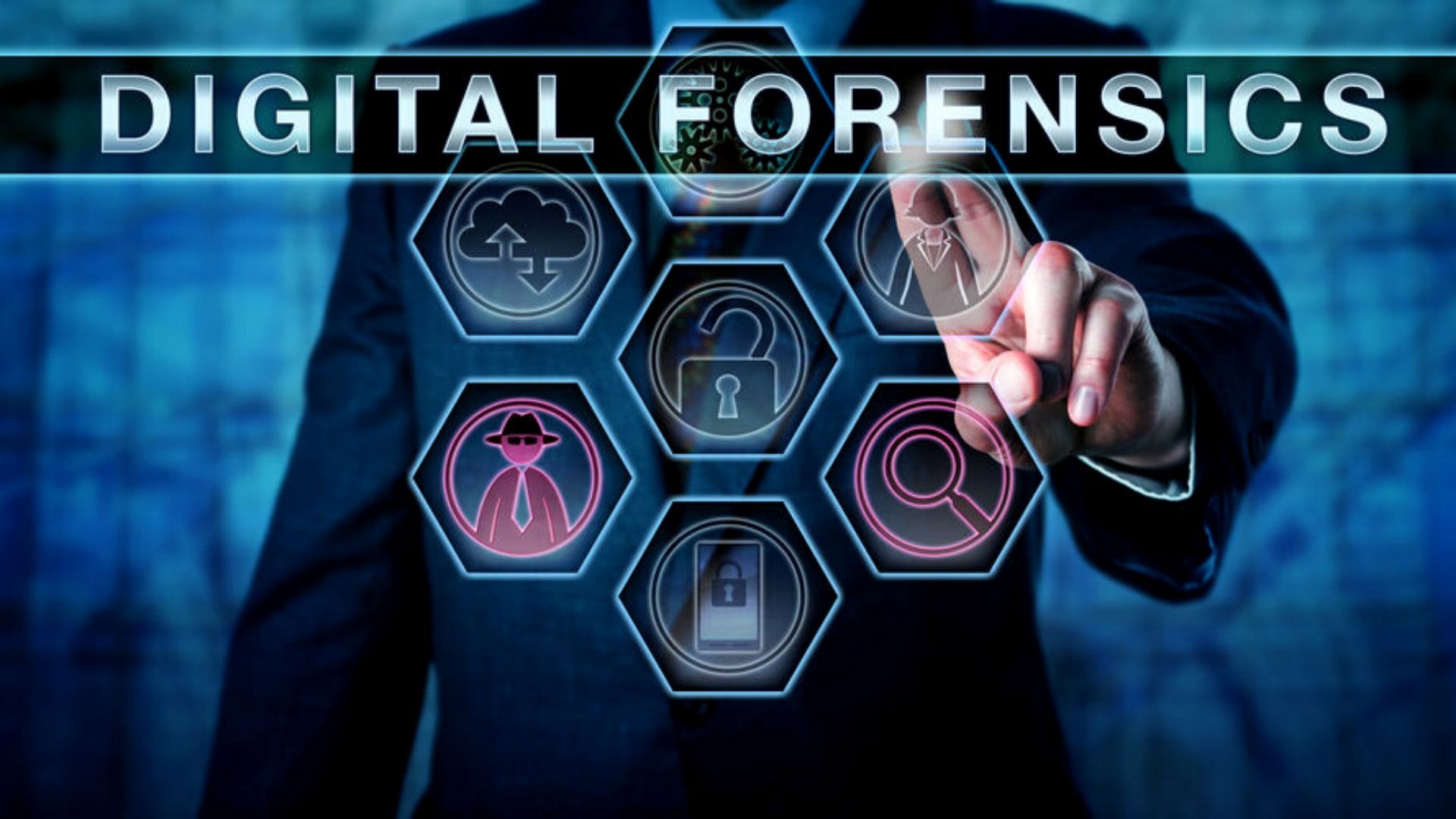INTRODUCTION TO DIGITAL FORENSICS
In order to look into and resolve digital crimes, the scientific process of gathering, examining, and preserving electronic evidence is known as "digital forensics." Digital forensics is now more crucial than ever because of how much technology is used in our daily lives. In the investigation of cybercrime, intellectual property theft, hacking, data breaches, and other digital offenses, it has emerged as a key instrument.
Applying various methods and instruments to identify, store, and analyze electronic data—including that from computers, mobile devices, and networks—is known as "digital forensics." A thorough understanding of computer networks, systems, and programming languages is necessary for the process.
It is possible to prosecute those who commit digital crimes using the evidence gathered through digital forensics in a legal setting. Nevertheless, gathering the evidence is crucial and analyzed in a forensically sound manner to ensure that it is admissible in court.
Digital forensics is a rapidly evolving field, as new technologies and threats emerge. Professionals in this field must stay up to date with the latest techniques and tools to remain effective in their work.
Image Source: Top Digital Forensic Solution Companies 2020 | by Enterprise Security Mag | Medium
What is Digital Forensics?
Digital Forensics is a branch of forensic science that focuses on identifying, acquiring, processing, analyzing, and reporting data stored electronically. Electronic evidence is a component of almost all criminal activities and digital forensics support is crucial for law enforcement investigations.
The term digital forensics was first used as a synonym for computer forensics. Since then, it has expanded to cover the investigation of any devices that can store digital data. Although the first computer crime was reported in 1978, followed by the Florida computers act, it wasn’t until the 1990s that it became a recognized term. It was only in the early 21st century that national policies on digital forensics emerged.

This comment has been removed by the author.
ReplyDelete